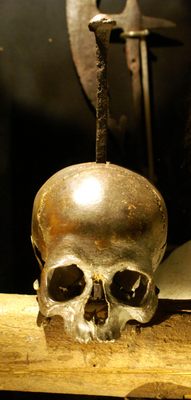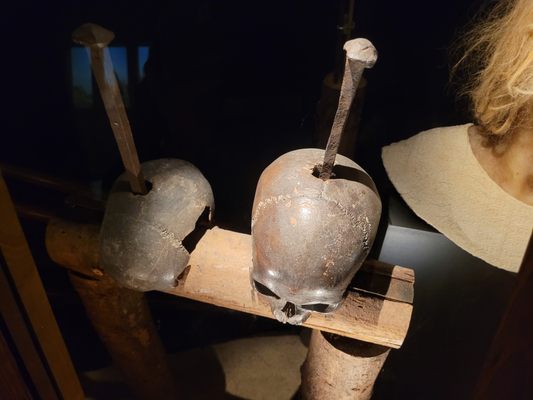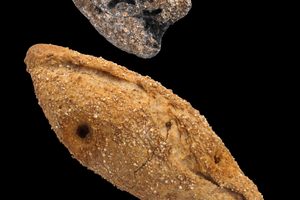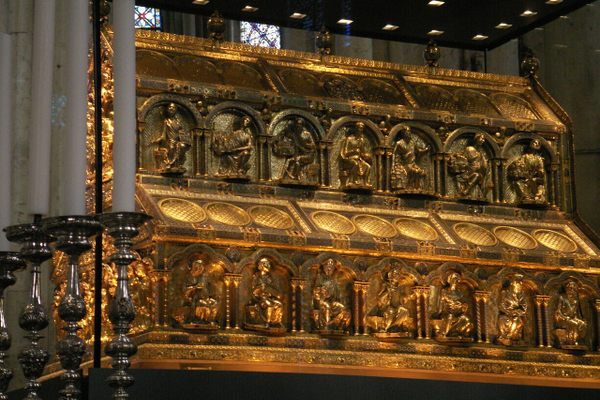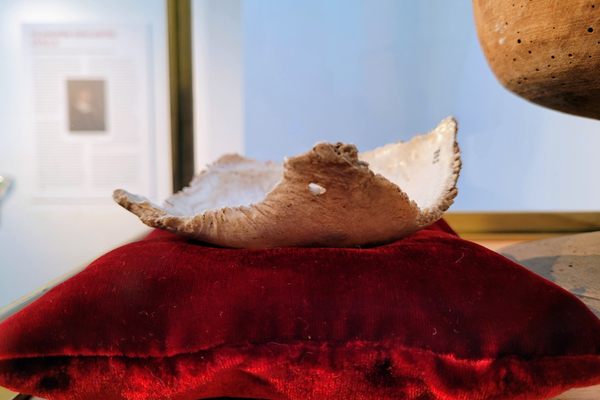About
In January 2010, thieves made a daring escape with one of the treasures of the Hamburg Museum collection: the skull of 14th century pirate Klaus Störtebeker, best known for getting up after his execution and walking several paces after being separated from that very item.
Although his reputation has been somewhat transformed over the centuries into a sort of German Robin Hood, the real life Störtebeker was most likely a pirate of the standard issue: ruthless, brutal, and very good at his job.
He began his career as part of the the Victual Brothers, originally organized as quasi-official privateers in defence of Mecklenburg (now northern Germany) against Danish ships. But, as these things seem to go, the group eventually turned to regular old piracy. Under the battle cry of "God's friends and the whole world's enemies," the brothers took what they wanted, when they wanted, from whomever they chose. They became the bane of the wealthy Hanseatic League, the merchant group who controlled trade on the Baltic.
In 1401, Störtebeker and his men were captured and brought to Hamburg to face trial for their crimes. Facing execution, legend holds that Störtebeker struck a last minute deal, bargaining for the lives of as many of his captured men as his headless body could walk past. As it turns out, that number was eleven — but the senate reneged on the deal, executing all 70 (or so) pirates, and displaying their severed heads as a gruesome warning.
The skull was unearthed during construction in 1878, and it’s been on display since 1922 at the Hamburg Museum. When it went missing in 2010, suspicion was cast on everyone from the local goth community to the Hells Angels. As of this writing, the full story has not been revealed, but the skull has been found and returned to its home, with new and improved security precautions.
Although found in the right location, and dated to the late 14th century, no one is completely sure it’s Störtebeker’s skull, and an 2004 effort to match up DNA from the skull with Störtebeker's descendents proved inconclusive. Regardless, no one in Hamburg seems any less convinced that they’ve got their man. The skull is kept company by a bust created by the sculptor Elisabeth Daynes from a cast of the skull.
Related Tags
Know Before You Go
Subway Line U3, Stop St. Pauli
Bus 112, Stop"hamburgmuseum"
Community Contributors
Added By
Published
October 20, 2011


